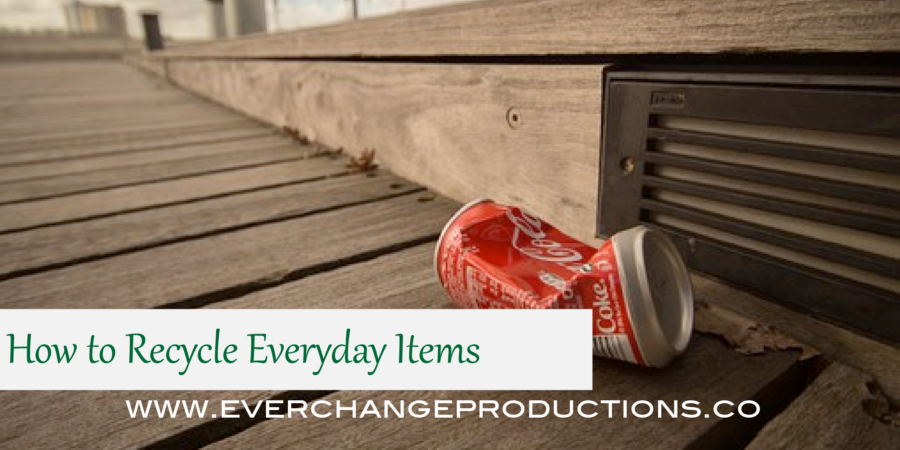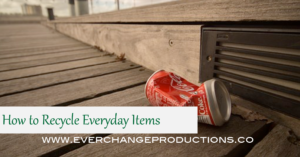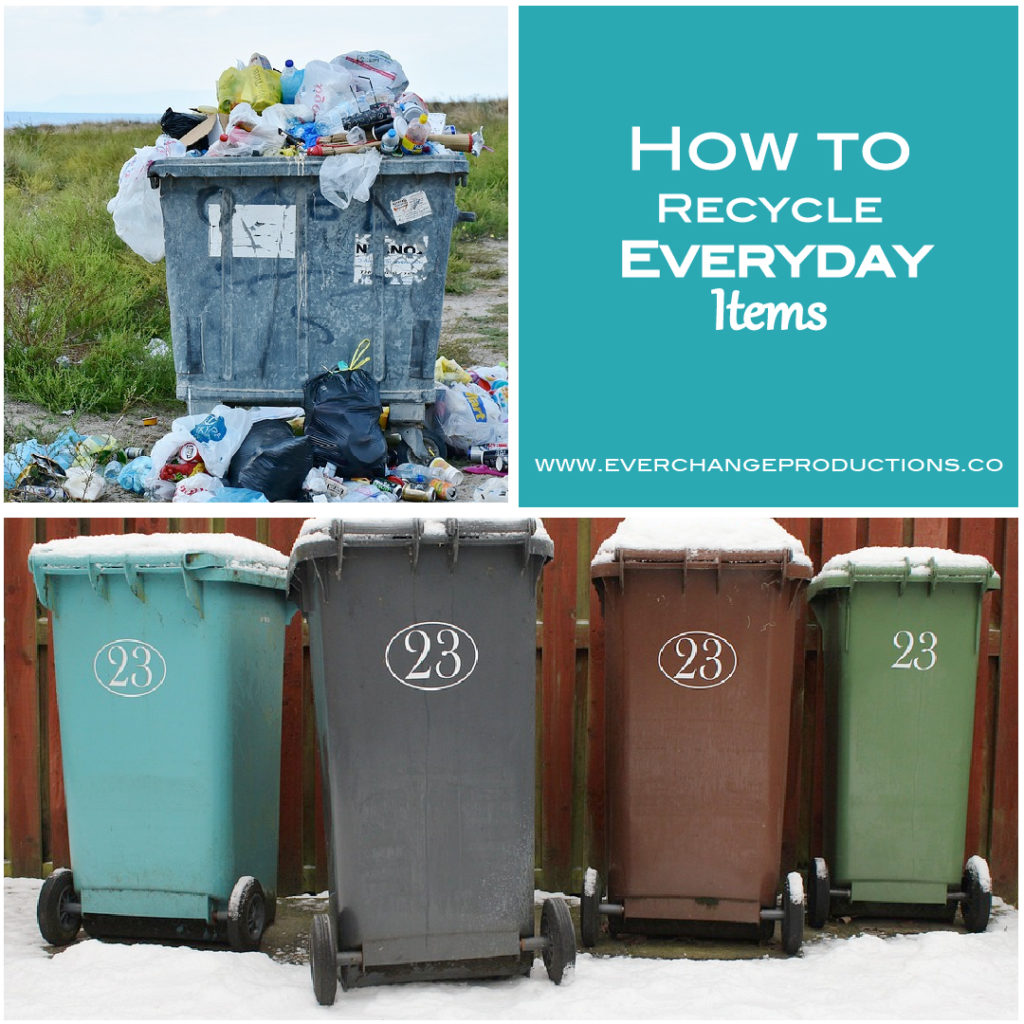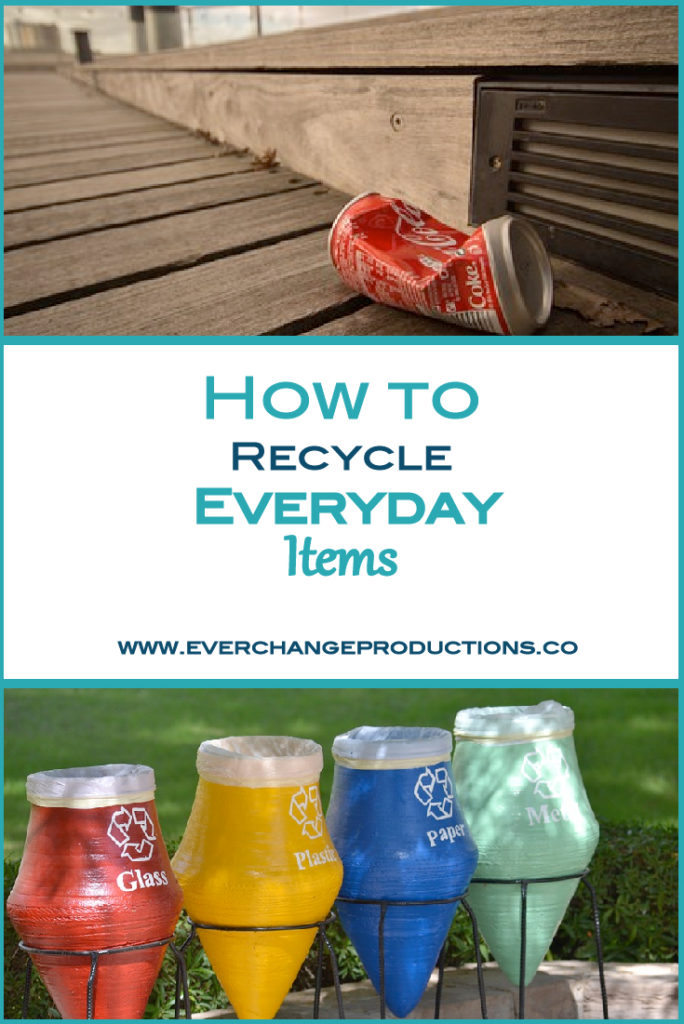The Basics of Recycling
For a successful recycling program, it’s important for the participants to learn how to recycle. It’s up to us to follow the program guidelines and recycle the most products we possibly can.
Where to Find Recycling in Your Area
Usually, the city will help run the recycling program in some capacity- sometimes they pick up the recycling then move it a third party business, or run it from start to finish. To find out more information about the programs available in your area, you can call the city or the Chamber of Commerce to find businesses that have recycling programs available. There are providers that offer commercial paper recycling solution for municipalities and companies.
You can also look at third-party sites, such as iwanttoberecycled.org and search for local recycling programs in your area.
Common Household Recyclables
Most municipals or organizations that have recycling programs offer them in these major categories: metal, plastic, paper, cardboard, glass, and other miscellaneous materials.
Types of plastic
Plastic is one of the more difficult aspects of learning how to recycle. There are different codes for different kinds of plastics. Most recycling centers don’t accept all kinds of plastics. To help people identify the different kinds of plastics, most plastic containers have a number stamped on the bottom. These numbers represent different types of plastics. The most commonly accepted plastics are #1 and #2.
#1 PET – (polyethylene terephthalate) is clear or slightly tinted and has a high melting point. This plastic makes soft drink bottles, peanut butter jars, and salad dressing bottles. Recycled PET is used in carpets and clothing (polyester).
#2 HDPE – (high density polyethylene) is translucent or colored. This plastic makes milk jugs, juice bottles, water and detergent bottles, margarine tubs, cool whip, bleach bottles, lotion bottles, shampoo bottles, and bubble bath.
#3 Vinyl – PVC (polyvinyl chloride) has a shiny surface and usually sink in water. Common examples of this plastic are vegetable oil and shampoo bottles, laundry detergent containers, cooking oil bottles, window cleaning products, and fresh meat wrappers.
#4 LDPE (low density polyethylene) plastics include margarine tubs, mustard, and coffee can lids.
#5 PP (polypropylene) plastic includes squeezable jelly, syrup bottles, and ketchup bottles.
#6 PS (polystyrene): Styrofoam containers and these are almost never recyclable.
#7 OTHER is a catchall category for all other plastics.
Recycling Guidelines
Learning the individual recycling guides lines in your city is the next step in learning how to recycle. Most recycled materials require the same preparations. However, to make sure your recycling efforts make the greatest impact, you should check with your municipality or recycling service provider to view their specific guidelines on how to recycle, accepted materials and preparation.
Wash out all containers
First, to decrease the likelihood of contamination, wash out the containers. This is probably the most important step. Plus, rotting food stinks and it’s just a bad idea to let it go along the process of recycling.
Also, when it comes to paper, don’t recycle paper you’ve used for birdcages, housebreaking your pets or painting or art projects.
Do not mix different types of recyclables unless collectors permit
Single-stream recycling is available in most major cities these days, but in some cases it still might be necessary to sort recyclables. If that’s the case, this is the second most important step. Mixing recyclables could contaminate the load, so the whole batch could be lost if collectors aren’t set up for the sorting process.
Remove non-plastic lids
Again, individual collectors might differ on this, but plastic lids are typically different than the rest of the packaging. Typically, a #1 or #2 plastic bottle will have a #5 lid. The collector might take #1 or #2 plastic, but not #5 plastic. Including the lid with the bottle would be considered a contamination and rejected from that batch of recycling. Too many of these incidents and the whole batch could be rejected.
Remove recyclables from bags
Plastic bags are one of the biggest nuisances in the recycling industry. Special machines are required to handle plastic bags, so adding them in with the other recyclables easily clog machines. The whole sorting machine is shut down for hours to unclog and clear the plastic bags. You can learn how to recycle plastic bags here.
Recycling Storage and Organization Ideas
Keeping your recyclables organized is an important key to successful recycling in your home.
Whether you have access to single-stream recycling will determine how organized you need to be.
If you don’t have single-stream recycling, organizing the recyclables before you take them to the recycle center cuts down on time wasted sorting them later. Whether you have keep your recyclables separate, here are some genius recycling storage and organization ideas.
The problem with recycling
The average American generates 4.4 pounds of trash per day, adding to the grand total of about 258 million tons of trash the United States accumulates per year. American communities recycled and composted nearly 35% of municipal solid waste in 2014, diverting 89 million tons to recovery according to the U.S. EPA.
To encourage more recycling programs, we need to help complete the cycle. Make sure to buy products made from recycled materials.
When you buy items made from recycled materials you are using your dollars to vote for greener business practices, letting companies know that products made in an eco-friendly manner matter to you and creating a bigger market for recyclables. The companies can receive for recyclables, the more likely they are to participate. In addition, items that are made from recycled goods are likely to be recyclable again once you are finished using them.
But above all else, please remember recycling has limitations, especially when it comes to plastic. It also consumes energy in the re-manufacturing process and when moving materials from place to place. During the multiple transitions, more litter is created as we move it from place to place.
Recycling is a band-aid for a larger problem of over-consumption. Before we recycle, we must try to reduce and reuse, especially when it comes to plastic. Learn the story behind our product– learn what it really takes to make and dispose of them. It’ll change the way you see trash and how important it is to reduce waste.
Do you have any other questions about how to recycle? Please leave a comment and I’ll make sure to add that information in the post.
Don’t forget to pin this information for later!




This is such good information. Thank you!